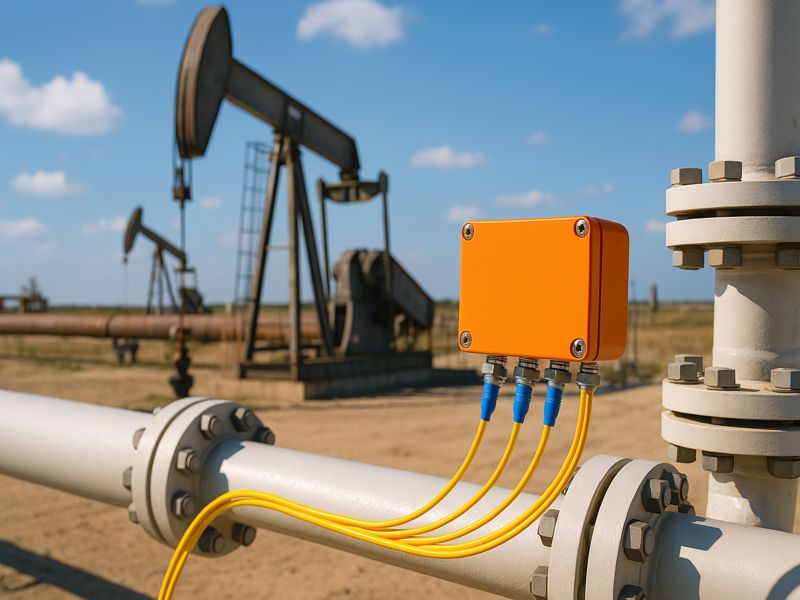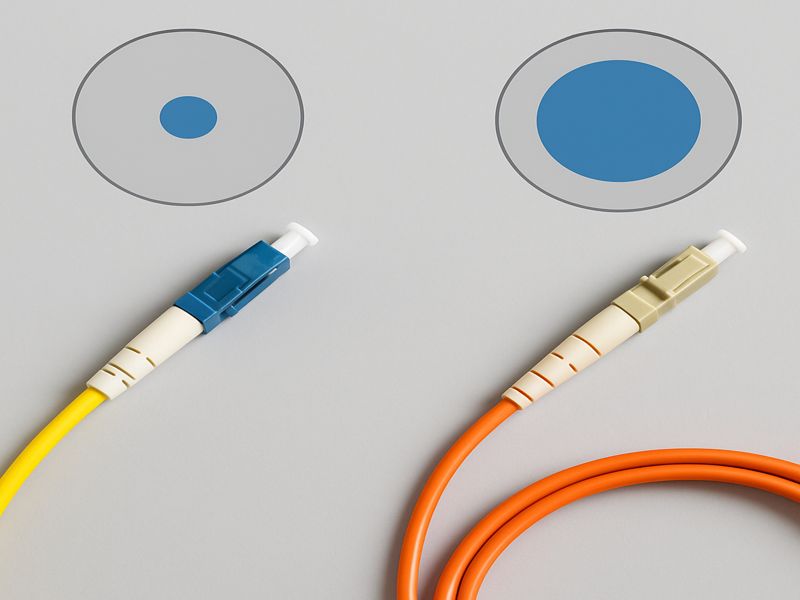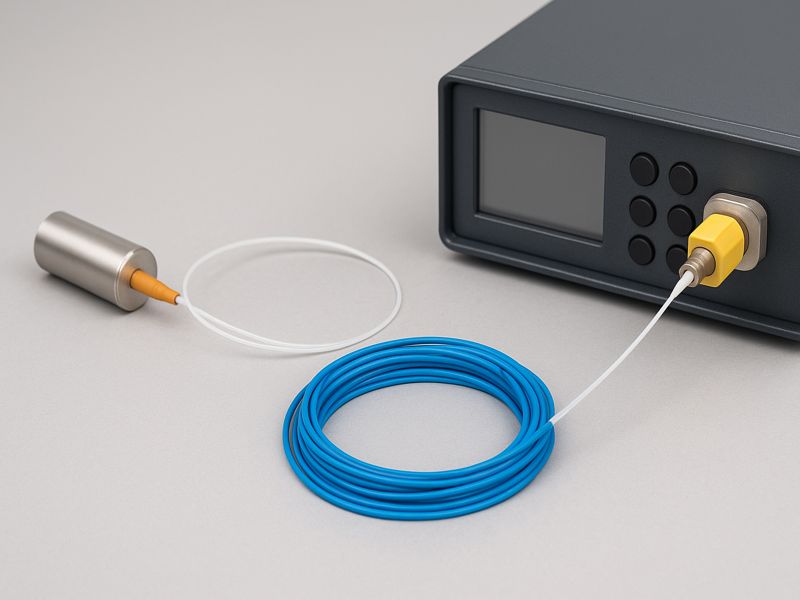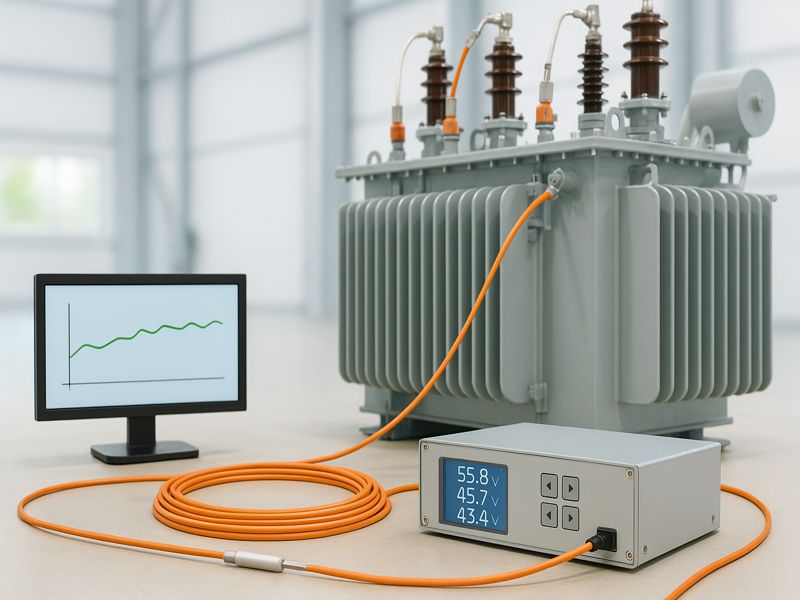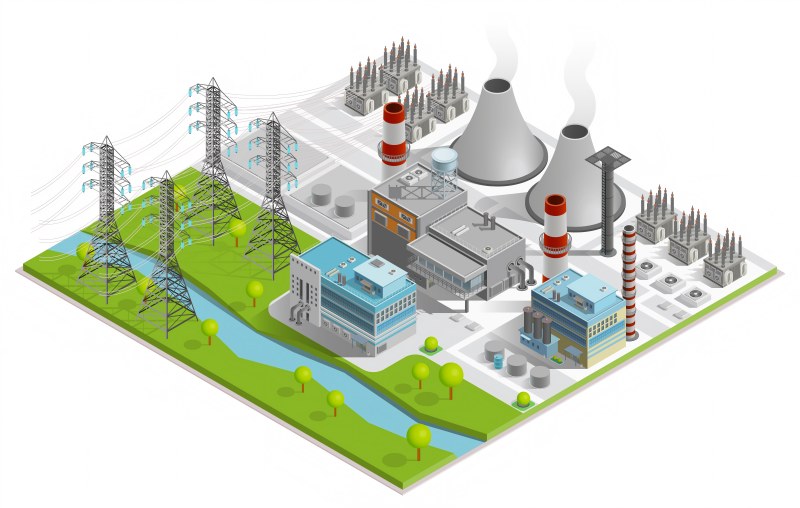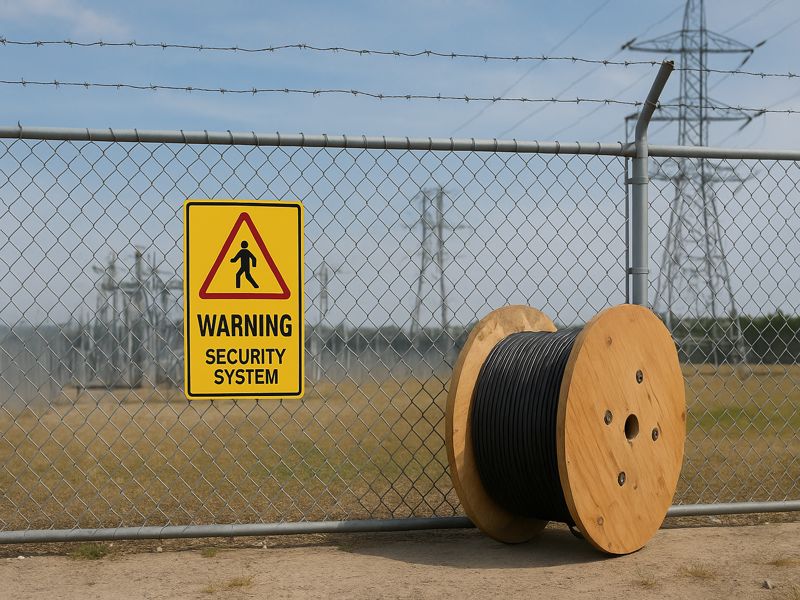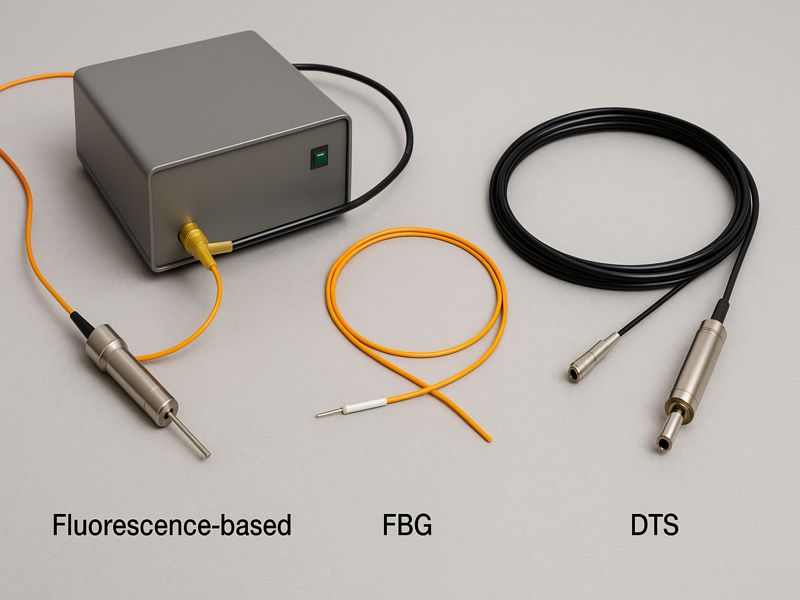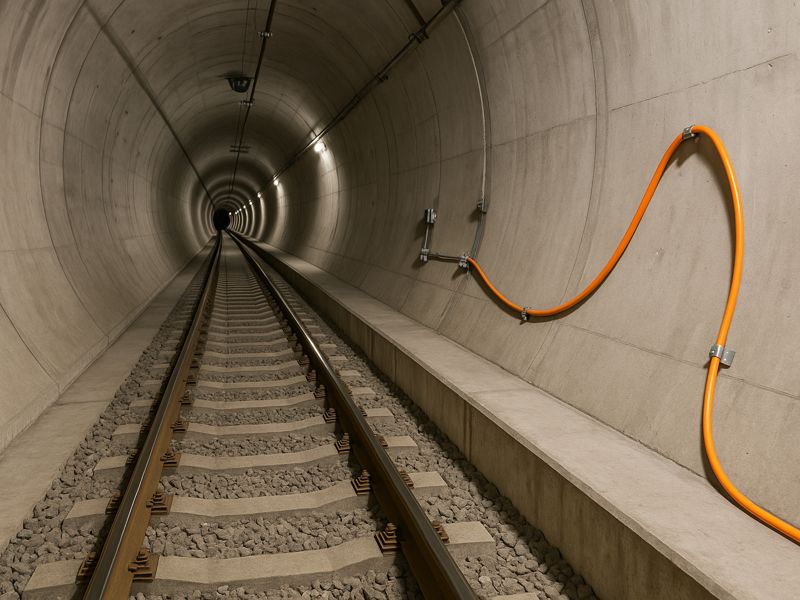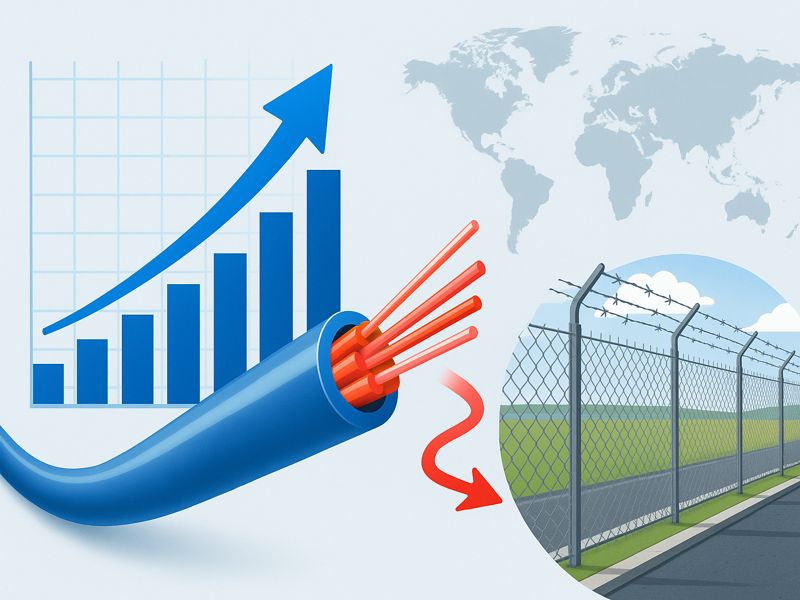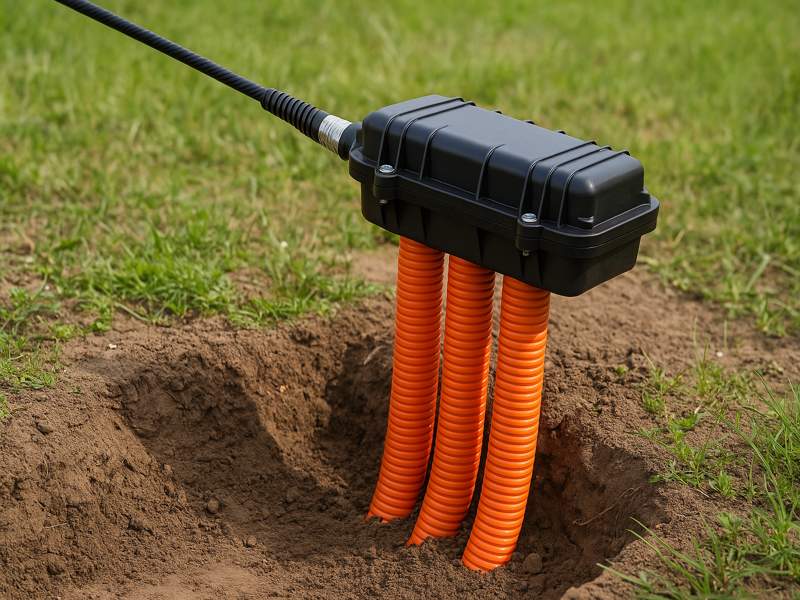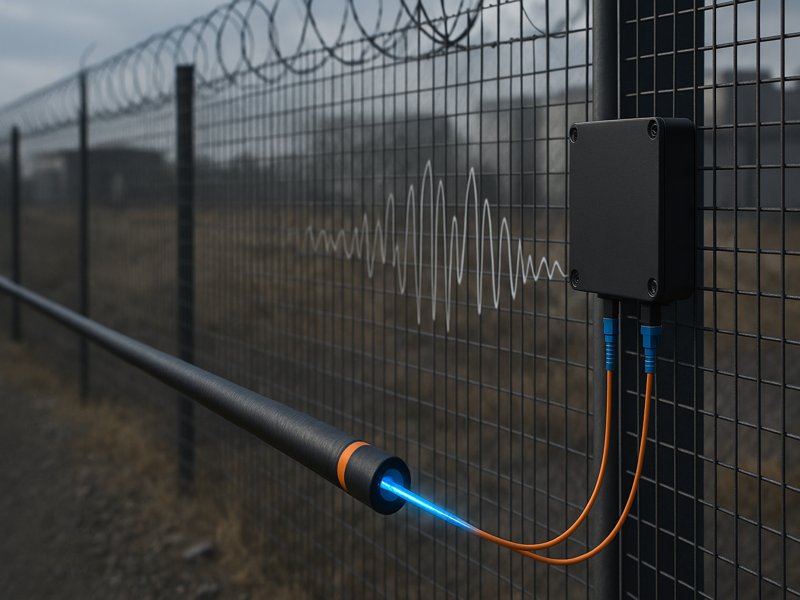Deploying electric fence PIDS in harsh environments—such as deserts, coastal areas, and arctic zones—presents unique challenges. These environments exert extreme stresses on system components, affect power supply stability, and complicate maintenance routines. Successful deployment requires thoughtful engineering, ruggedized components, and adherence to strict environmental adaptation strategies.
Understanding Electric Fence PIDS Systems
An electric fence combines a physical high-voltage fence with electronic sensors that monitor for:
- Voltage drops
- Line cuts or breaks
- Ground faults
- Contact pressure or displacement
When an intrusion attempt occurs—such as cutting a wire or applying pressure—the system sends real-time alerts to a central control panel, triggering alarms, lights, and often CCTV surveillance.
These systems may include:
- Independent in distant installations
- Integrated into larger security frameworks that include video, radar, and access control
Their effectiveness in providing both deterrent force and active detection makes them ideal for high-risk sites, especially those in remote or environmentally extreme areas.
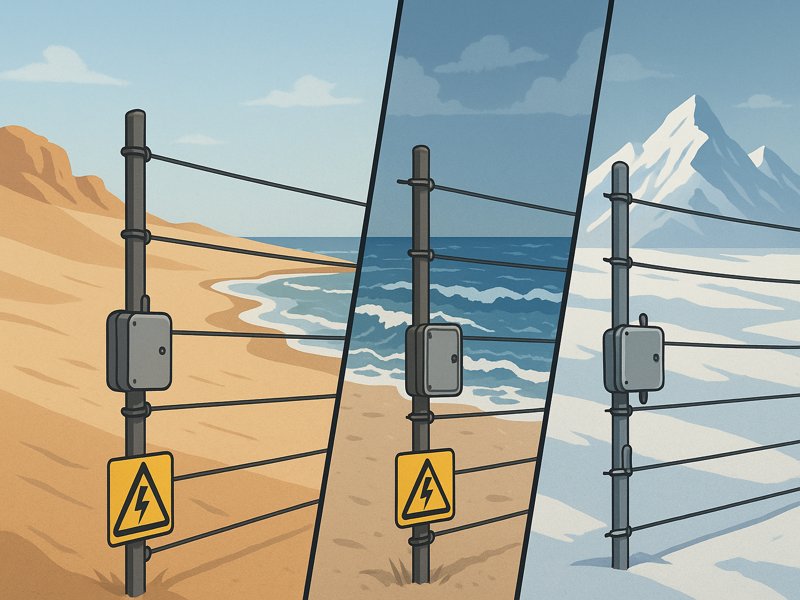
Unique Challenges in Harsh Environments
Harsh environments place extraordinary physical, electrical, and operational stress on electric fence components. Below are key environmental categories and their specific risks:
| Environment | Main Challenges |
| Desert | High heat, sand abrasion, and dry soil grounding issues |
| Coastal | Salt corrosion, humidity, storm surges, sea spray |
| Arctic | Extreme cold, snow load, frost heaving, ice buildup |
Each environment affects system durability, power continuity, grounding efficiency, and detection sensitivity, requiring custom adaptations to maintain effective perimeter protection.
Electric Fence PIDS in Desert Environments
High Temperatures
Desert temperatures can reach 50°C (122°F) or higher. These conditions affect:
- Energizer electronics: May overheat without proper ventilation
- Insulators: UV degradation and thermal expansion
- Wire tension: Thermal expansion can loosen wires, affecting sensitivity
Solutions:
- Use UV-stabilized plastic or ceramic insulators
- Install sunshields or shelters over energizers
- Choose high-temperature-rated wiring and connectors
- Include thermal monitoring sensors in critical areas
Dry and Rocky Grounding
Proper grounding is essential for shock delivery and sensor operation. Arid, sandy, or rocky soil resists electrical current return.
Solutions:
- Deep earth rods (over 2.4 meters) or chemical ground rods
- Install multiple grounding rods in parallel
- Use moisture-retaining backfill like bentonite or conductive concrete
Sandstorms and Abrasion
Fine sand causes:
- Wire wears over time
- Sensor clogging
- Reduced visibility for inspection
Solutions:
- Use abrasion-resistant wire coating
- Design fences with minimal horizontal surfaces
- Include sealed sensor housings
Electric Fence PIDS in Coastal Environments
Salt Corrosion
Saltwater and airborne salt particles cause rapid corrosion in:
- Conductive metals
- Terminals and junctions
- Insulator mounts
Solutions:
- Make use of wires made of aluminum alloy or marine-grade stainless steel.
- Apply corrosion-resistant coatings on terminals
- Use sealed enclosures for electronic components
Humidity and Moisture Intrusion
Constant humidity can result in:
- Short circuits and tracking across insulators
- Reduced insulation resistance
- False alarms from moisture bridges
Solutions:
- Select high-insulation-value materials
- Use double-insulated cable for energizer lines
- Add humidity-compensating algorithms to control panels
Wind and Storm Conditions
Coastal zones are prone to:
- Tropical cyclones
- Hurricane-force winds
- Storm surges
Solutions:
- Install flexible tensioners to allow movement during wind loads
- Reinforce fence posts with deep footings and cross-bracing
- Elevate ground equipment above flood levels
Electric Fence PIDS in Arctic Environments
Extreme Cold
Temperatures in the Arctic can plunge below -40°C (-40°F), leading to:
- Brittle wire and plastic failures
- Reduced battery efficiency
- Frozen ground is hindering grounding
Solutions:
- Use low-temperature-rated elastomers and plastics
- Install battery warmers or insulated battery cabinets
- Choose thermal-compensated fence controllers
Snow Accumulation and Ice Buildup
- Heavy snow or freezing rain can:
- Load wires and break tension
- Block sensors and short circuits
- Create ice bridges that bypass detection
Solutions:
- Install angled wire designs to shed snow
- Use heated insulators or anti-icing coatings
- Raise the fence height above typical snowpack levels
Frost Heave
Frozen soil expands and contracts, which can:
- Dislodge fence posts
- Misaligned grounding systems
- Causes structural instability
Solutions:
- Use deep-pile foundations below frost lines
- Design floating fence supports with expansion joints
- Recheck alignment and grounding seasonally
Power Supply Considerations for Remote Harsh Locations
In many harsh environments, electric fences are deployed in off-grid locations, requiring dependable power sources.
| Power Option | Pros | Cons |
| Solar Panels | Renewable, low-maintenance | Reduced output in snow or sandstorms |
| Wind Turbines | Reliable in coastal or desert winds | Mechanical complexity |
| Hybrid (Solar + Battery) | Balances supply-demand | Higher upfront cost |
| Backup Generators | Emergency reliability | Fuel logistics and maintenance |
Energy storage systems (ESS) such as deep-cycle batteries are essential to buffer power and ensure energizers work during prolonged darkness or adverse weather.
Communication & Monitoring Challenges in Harsh Conditions
Remote and hostile terrain often means limited connectivity, making centralized control more difficult.
Solutions:
- Wireless RF or LoRa systems for long-range data
- Satellite uplinks for real-time alerts
- Edge computing modules to reduce latency
- Solar-powered repeaters to extend signal reach
Additionally, the use of mobile apps, SCADA integration, and encrypted cloud platforms allows for secure, remote fence management.
Maintenance Strategies for Harsh Environment Fencing
Effective operation in extreme conditions requires a preventive maintenance plan:
| Maintenance Area | Frequency | Tasks |
| Wiring | Monthly | Check for sagging, corrosion, and damage |
| Grounding | Quarterly | Measure resistance, inspect rods |
| Insulators | Monthly | Clean, test resistance, replace if cracked |
| Batteries | Monthly | Voltage check, replace every 2–3 years |
| Control Panel | Weekly | Review logs, test sensor response |
Maintenance schedules may need adjustment based on seasonal variation, such as monsoons or snowmelt periods.
Case Studies of Successful Harsh Environment Deployments
Border Fencing in the Sahara
A North African border region deployed a solar-powered electric fence system with:
- High-tensile galvanized wire
- Deep chemical earth rods
- Dustproof smart energizers
Results: Zero breaches in 18 months, even during multiple sandstorms.
Coastal Energy Facility in Southeast Asia
A liquified natural gas (LNG) terminal used marine-grade materials and a dual-fence setup combining an electric fence and fiber optic detection.
Result: Reduction of false alarms by 85% and robust corrosion resistance.
Arctic Research Base in Northern Canada
The perimeter security included:
- Anti-icing coating on wires
- Heated control cabinets
- Snow-shedding fence architecture
Despite temperatures dropping to –45°C, the fence system remained operational year-round, securing sensitive scientific equipment.
Future Innovations for Harsh Environment PIDS
Emerging technologies are making it even easier to deploy electric fence PIDS in extreme conditions:
- Self-diagnostic AI sensors that adapt to climate change
- Flexible graphene-coated wires for superior conductivity and resilience
- Smart coatings that resist corrosion and ice accumulation
- Cloud-based AI monitoring with predictive failure analysis
- Drones for automated inspection and thermal imaging
Such innovations will further extend the life and functionality of electric fence systems in the world’s toughest climates.
Deploying an electric fence system in harsh environments like deserts, coastal zones, and arctic regions demands more than just standard components. It requires strategic design, ruggedized materials, reliable power, and environment-specific engineering.
